Features of tall strawberry beds
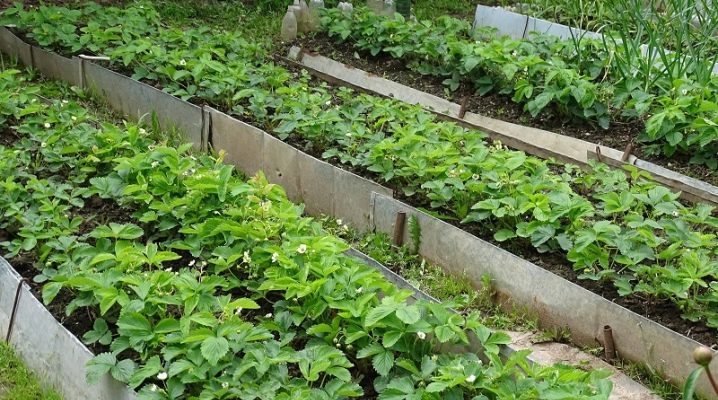
Many gardeners use new techniques and tricks to grow a good harvest. Tall strawberry beds are just one of the new technologies in planting and growing crops. In the article, we will consider the advantages and disadvantages of the technique, note the methods of self-construction of the structure, planting, care for strawberries and agrotechnical aspects of cultivation.
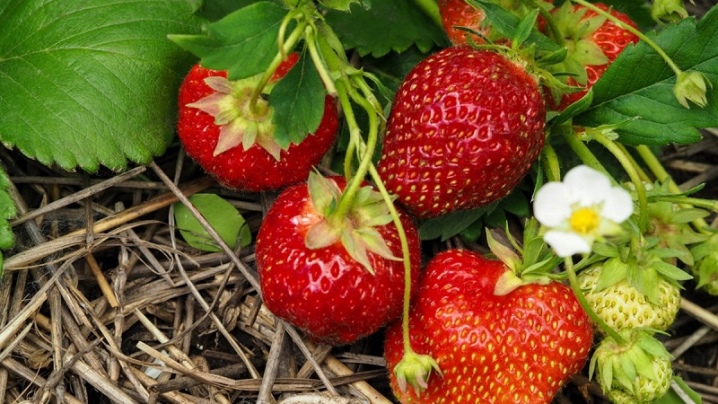
Advantages and disadvantages
Each technology has its own advantages and disadvantages. The Finnish strawberry growing system is no exception. Consider the main positive aspects of high beds:
- culture in high beds well lit by the sun, which contributes to the rapid ripening of fruits;
- dark covering has a beneficial effect on the growth of bushes, since weeds cannot break through (this means that all nutrients will go to the formation of strawberries);
- newly formed antennae do not germinate and can be removed in a timely manner;
- mulch helps to retain moisture for a long time around the bush, as well as directly under the agrofibre (thanks to this, the soil is not covered with a dry crust and does not crack);
- the berries do not touch the ground, therefore will not be damp and rot;
- on high beds there is a large distance between rows, which contributes to the convenience in the processing of bushes and easy harvesting.
Among the disadvantages of high strawberry beds are:
- labor-intensive process: you need to prepare all the necessary materials and space;
- high wooden beds last 2-4 years on average, after that, boards and other non-metallic parts should be replaced;
- it is worth cutting through the agrofiber correctlyso that the holes correspond to the location of the bushes in the garden; unnecessary holes in the material should not be allowed;
- the mulch needs to be changed several times per season;
- it is necessary to check the beds for pests: ants are often found in high beds.

How to do it yourself?
In order to build tall strawberry beds, you need to prepare the following materials.
- Planks, roofing material or plastic.
- Nails or screws. Nails are considered the most reliable and strongest for connecting two parts. But self-tapping screws are better in the sense that the device can be disassembled twice as fast, and replacing any part will not be difficult.
- Beam or metal corners... The choice of connecting elements is based on individual preferences. Metal inserts are robust and durable. The tree will gradually get wet.
- Roulette, rake.
The algorithm of actions should be as follows.
- First, the selected area should be cleared... Remove excess debris, all weeds, stones.
- We mark the required dimensions of the future garden with small pegs. After that, you can begin to assemble the frame from thick boards. The width of the board depends on the selected height. Usually they are made from 60 cm and above. The length of the bed is selected at your discretion, on average - 0.8-1m. Too thin wood will not work, as over time it will begin to soak and break under the pressure of the soil.
- To the bottom of the garden logs, old boards, thick branches are stacked.
- The second layer is a fine mesh. It is better to select the material solid and thick. If the mesh turns out to be soft and pliable, then moles or other rodents will quickly bite through the partitions and can feast on the culture.
- A layer of organic matter (branches, tops, sawdust) is laid on top of the mesh, which will rot for a long time. The height of the layer should be 15-20 cm. This is a kind of drainage system, as well as a cushion for raising the height.
- Next, a layer of organic matter is poured (no more than 20 cm), which decays quickly and becomes humus in the spring. You can use cut grass, cleaning products.
- The next layer should be from humus or compost.
- The remaining height to the edge of the board must be filled with soft, fertile soil. Then the raised layer of earth is leveled with a rake along the height of the side and everything is plentifully spilled with water.
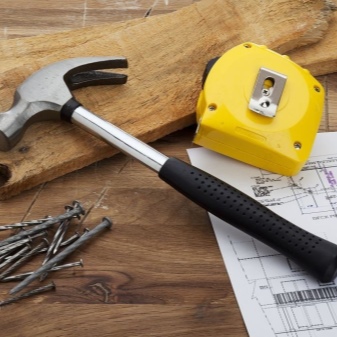
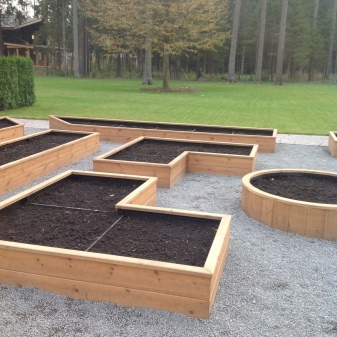
Planting strawberries
Planting strawberries using the Finnish method means keeping warm for as long as possible. Therefore, in this method, covering material is popular. There are two prominent representatives.
- Black mulch film, which is popular due to its low cost. Good weed protection.
- Dark agrofibre... Its advantage is that the material breathes, retains heat perfectly, it can be used for several seasons.
Before planting strawberries, you should devote a little more time to the chosen place. The site should be well lit by the sun during the day. There should be nothing high nearby that can cast a shadow. This is important for the berries to turn red and sweet. The soil should not be too acidic, it is best to choose neutral or slightly acidic. Strawberries grow well where legumes or crops used to be.
All preparations must be done in the fall.... During the winter period, the land will be able to rest and be saturated with all the fertilizers applied. Immediately before planting the culture, the soil of the prepared beds is covered with agrofibre. The fiber is fixed along the sides so that it is not blown away by the wind. After that, future punctures with a diameter of no more than 10 cm are outlined. The distance between the bushes should be 25-30 cm, and between the rows - 30 cm... Many gardeners advise planting seedlings in a checkerboard pattern. This will help save space, and this arrangement of the bushes will make it easier to care for them. Once the holes have been prepared, you can plant the strawberries. It is necessary to dig a shallow hole. Carefully remove the bush from the container without damaging the roots and lower the seedling. Gradually, the hole is filled with earth and compacted so that the stem does not tilt to the ground.
The exact time for planting strawberries in open ground depends on the growing region.
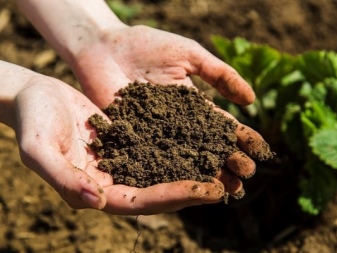
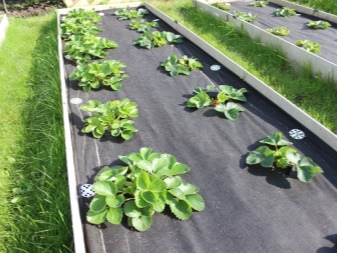
Care
Care for strawberries in tall beds does not differ from the classic one. There are a number of agronomic points that should be followed in order to get a good result.
Watering
Thanks to the dark agrofibre and mulch, there is no need to water the strawberry bushes abundantly. On the contrary, it can cause slugs to form under the film. Therefore, on too hot days, strawberries are watered daily, in moderate times - once every 3-5 days, on rainy days - once a week.
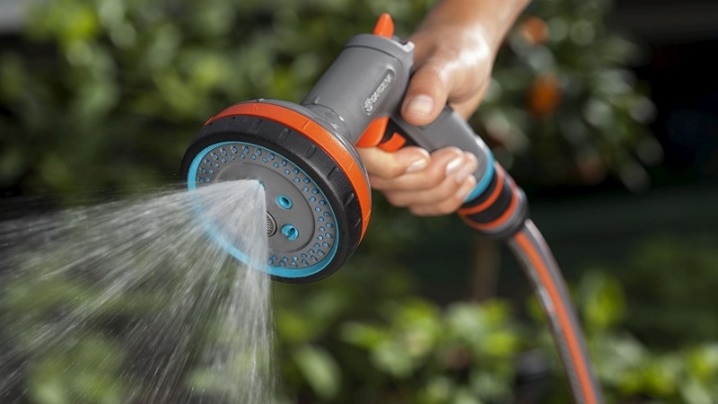
Top dressing
Particular attention is paid to fertilizers and dressing, since they are different for each period. As soon as the first strong leaves began to form at the outlet, the bush is fertilized with products containing potassium. Nitrogen can also be used.
The next feeding occurs during the period when the ovary appears. Calcium and phosphorus are added to the previous fertilizers. Some gardeners advise using nitrophosphate. During the summer, use potassium monophosphate top dressing. In autumn, from September to October, strawberries are fertilized with phosphorus, potassium and sodium.
At this time, you should not use nitrogen-containing elements, since nitrogen is aimed at active growth.
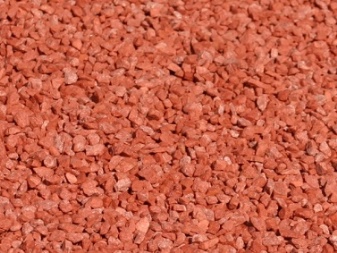
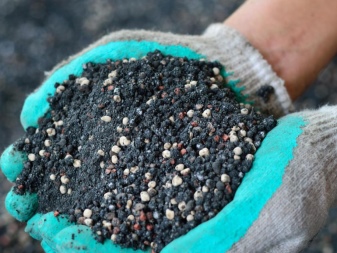
Removing antennae
Antennae are removed as needed throughout the summer season. If it is necessary to propagate a culture, then the strongest and strongest antennae are chosen. The rest are simply removed, since they only take away nutrients.
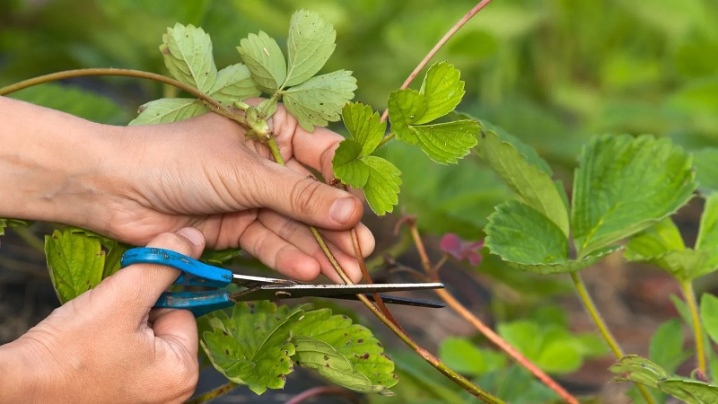
Wintering
Strawberries overwinter in high beds in the same way as in ordinary ones. But before buying strawberries, it is worth asking what kind of culture the crop belongs to. If it is thermophilic, then for the winter, the bushes should be covered with needles or foliage.
This is true for regions with harsh climates.
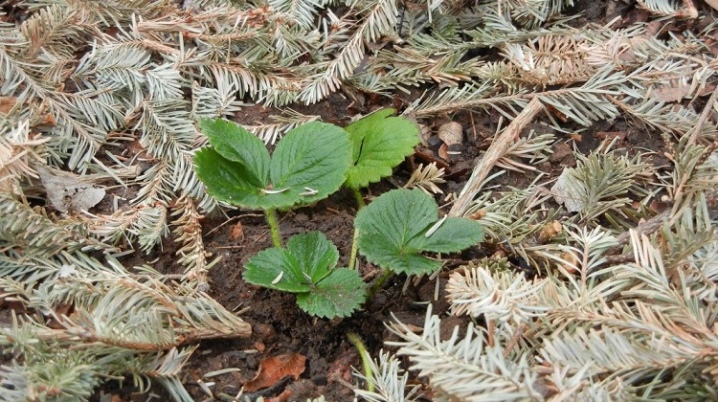













The comment was sent successfully.